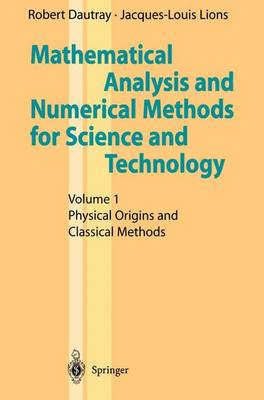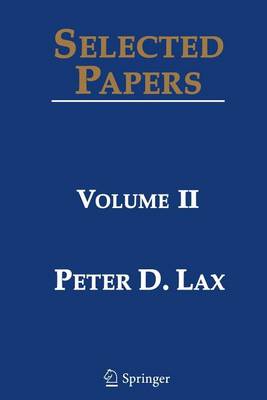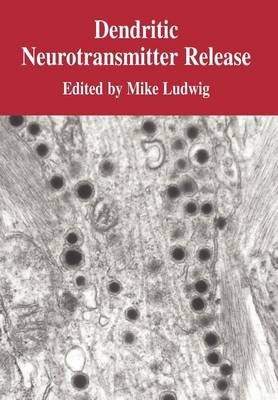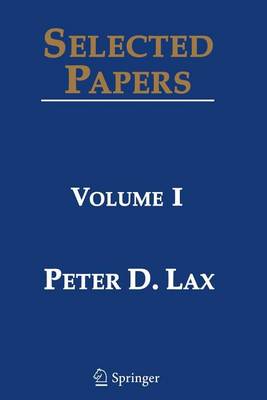Mathematical Analysis and Numerical Methods for Science
4 total works
Mathematical Analysis and Numerical Methods for Science and Technology
by Robert Dautray and Jacques-Louis Lions
A renowned mathematician who considers himself both applied and theoretical in his approach, Peter Lax has spent most of his professional career at NYU, making significant contributions to both mathematics and computing. He has written several important published works and has received numerous honors including the National Medal of Science, the Lester R. Ford Award, the Chauvenet Prize, the Semmelweis Medal, the Wiener Prize, and the Wolf Prize. Several students he has mentored have become leaders in their fields.
Two volumes span the years from 1952 up until 1999, and cover many varying topics, from functional analysis, partial differential equations, and numerical methods to conservation laws, integrable systems and scattering theory. After each paper, or collection of papers, is a commentary placing the paper in context and where relevant discussing more recent developments. Many of the papers in these volumes have become classics and should be read by any serious student of these topics. In terms of insight, depth, and breadth, Lax has few equals. The reader of this selecta will quickly appreciate his brilliance as well as his masterful touch. Having this collection of papers in one place allows one to follow the evolution of his ideas and mathematical interests and to appreciate how many of these papers initiated topics that developed lives of their own.
Dendritic Neurotransmitter Release
by Robert Dautray, Jacques-Louis Lions, and M Artola
Selected Papers I
by Robert Dautray, Jacques-Louis Lions, I N Sneddon, and Peter Lax
A renowned mathematician who considers himself both applied and theoretical in his approach, Peter Lax has spent most of his professional career at NYU, making significant contributions to both mathematics and computing. He has written several important published works and has received numerous honors including the National Medal of Science, the Lester R. Ford Award, the Chauvenet Prize, the Semmelweis Medal, the Wiener Prize, and the Wolf Prize. Several students he has mentored have become leaders in their fields.
Two volumes span the years from 1952 up until 1999, and cover many varying topics, from functional analysis, partial differential equations, and numerical methods to conservation laws, integrable systems and scattering theory. After each paper, or collection of papers, is a commentary placing the paper in context and where relevant discussing more recent developments. Many of the papers in these volumes have become classics and should be read by any serious student of these topics. In terms of insight, depth, and breadth, Lax has few equals. The reader of this selecta will quickly appreciate his brilliance as well as his masterful touch. Having this collection of papers in one place allows one to follow the evolution of his ideas and mathematical interests and to appreciate how many of these papers initiated topics that developed lives of their own.



